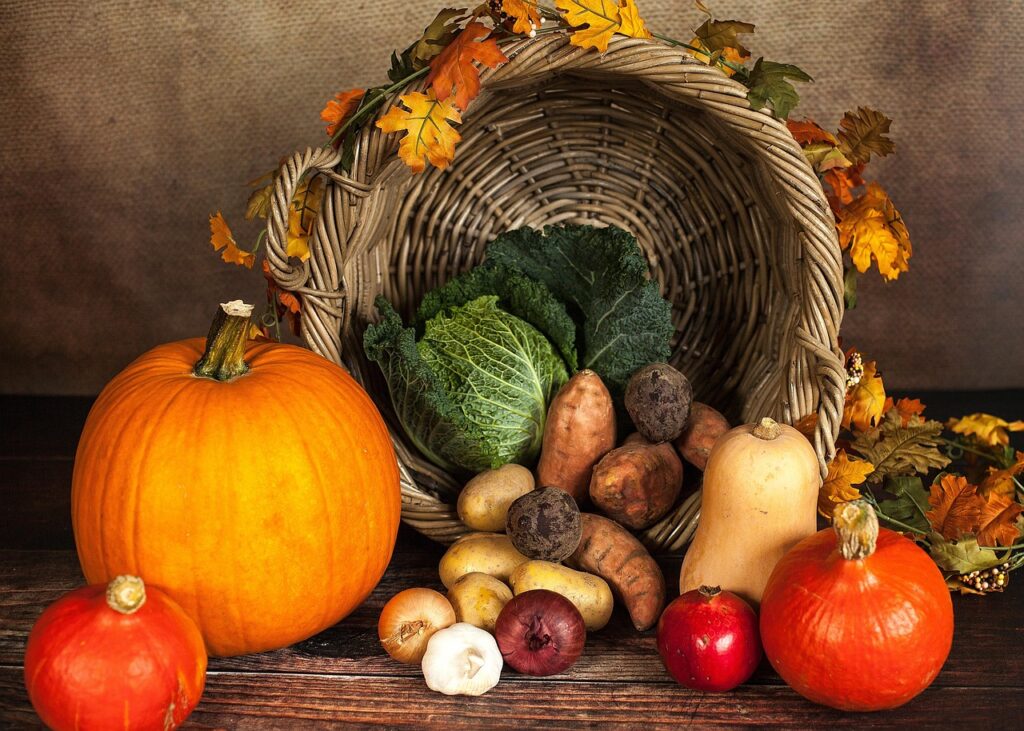Mold can already develop on food due to incorrect or too long storage. Do they then belong in the trash or can you still eat them once the spores have been cut out?
Yes, mold can be eaten – provided it is noble fungus cultures on certain cheeses such as Roquefort, Gorgonzola and Co. In these cases, the noble mold has been deliberately applied to grow inside and out and give the cheese a tangy, spicy flavor. However, there is also undesirable mold. This makes it all the more important to know the difference between which foods are better off in the trash can if they have moldy spots.
How does mold grow on food?
There are several factors that can promote mold growth on food. These include, for example, bacteria or yeasts that can appear and multiply quickly through contact with human skin and, of course, with contaminated objects. In addition, there are possible physical causes, for example, that a food was stored under the wrong conditions (too humid, too warm, under pressure) or simply too long (thus exceeding any expiration date) and went bad.
How dangerous or toxic is mold actually?
Molds produce harmful mycotoxins as a metabolic product. These are toxins that, depending on the mold infestation and food can be harmful to health in different ways. Eating mold-infested food regularly can cause kidney and liver damage, and the immune system can also be impaired. In the worst case, mycotoxins, according to the Federal Institute for Risk Assessment, can even be carcinogenic and damage genetic material.
Once to have eaten food with mold, however, is not bad. If you have accidentally eaten a large amount of mold and then have to fight nausea, vomiting and diarrhea, you should get charcoal tablets from the pharmacy or drugstore. The charcoal tablets bind the toxins in the digestive tract and can provide quick relief. However, pregnant women, children or immunocompromised persons should definitely consult a doctor in this case.
Fruit and vegetables
Molds can spread particularly well on fruits and vegetables that contain water. If, for example, the first spores appear on a bell pepper, it should be thrown away immediately, so please do not eat around it – the mold has already spread throughout the bell pepper. The same applies to all other so-called fruit vegetables, such as tomatoes, zucchini, cucumbers, eggplant, and of course fruit.
Root vegetables
Here, unfortunately, it is no different. On carrots and the like, you often discover a dark spot – and please don’t just cut it out and use the rest, but also throw away root vegetables with the first symptoms of mold – in case of doubt, the entire bag.
Bread
The classic: You have bought a loaf of bread and mold spores can be seen in a small spot or on just one slice. This happens especially often with sliced bread, because there is more contact surface with oxygen and/or unwanted microorganisms. Unfortunately, the entire bread then has to go into the organic garbage can. The fungus has then already moved through the entire bread, even if not visible.

Jam
Although jams and marmalades have a long shelf life – when opened and stored incorrectly, they quickly show eyes of mold on the surface. If this happens, please do not simply remove them and continue eating underneath, but dispose of the entire jar. To prevent the formation of mold, jams and jellies should always be kept tightly sealed in the refrigerator.
Nuts
Nuts such as almonds, hazelnuts or walnuts are also at risk of mold. If mold growth appears in the nut after cracking the shell, it should be thrown away (along with the entire bag). And even without visual changes, unpleasant taste indicates spoilage.
To prevent the formation of toxic mycotoxins, almonds, walnuts, cashews and co. should always be stored in a dry and cool place. They can even be frozen for up to a year.
Dairy products
Precious mold varieties such as Roquefort or Gorgonzola aside: In the case of quark, yogurt, fresh and soft cheese, greenish-dark spots, i.e. traces of mold, are clear signs that the product in question should no longer be consumed. Hard cheese is an exception. If you discover mold in a small spot, you can cut it out generously and eat the rest. But beware, here is urgent to pay attention to two things:
It must also really be a hard cheese variety, for example, a Parmesan, Grana Padano or Emmental. Gouda may appear hard, but it still contains too much water and is therefore not a hard cheese, so unfortunately it is not an exception and must be disposed of with mold.
Also important is the relation between mold and the size of the (remaining) piece of cheese. If half of your Parmesan is covered with furry threads, the remaining stub should not be eaten.
How can you prevent mold from forming?
You can take a few steps to prevent mold from forming on food. For example, one should always pay attention to hygiene in the kitchen. Food should only be placed on clean surfaces. If the surface or the refrigerator is dirty, unwelcome microorganisms can quickly grow on the food.
Product-appropriate storage is also important. Some things should be stored in a cool place, but not in a damp and then too cold refrigerator, such as potatoes and various other vegetables, as well as opened cans, spice or coffee powder and more.
Also: please store fruits and vegetables without any packaging! Otherwise, it can start to sweat underneath, which would mean a cozy environment for bacteria and mold.
Having to throw away food is a pity
We ourselves regret calling for throwing away food in this post. However, when it comes to mold, the health risk is just too high. Instead of choking down spoiled food out of misconceived frugality, we recommend more conscious shopping in the first place, i.e. don’t stock up.
- source: FITBOOK.com- Laura Pomer/ Center for Nutrition in the Federal Institute for Agriculture and Food/picture: pixabay.com
This post has already been read 1320 times!



